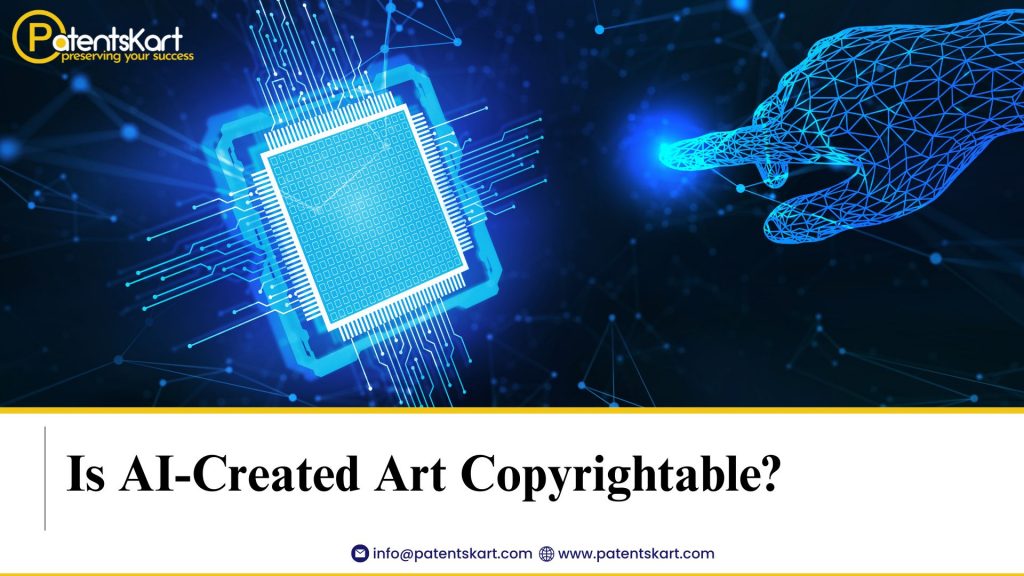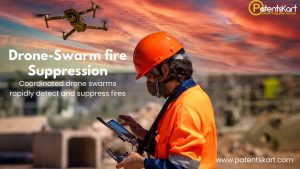In a world increasingly driven by technological advancements, the intersection of artificial intelligence (AI) and creative expression has stirred significant debate, particularly regarding the copyrighting of AI-generated art. The crux of this issue revolves around whether artworks created solely by AI should be granted copyright protection, sparking a contentious legal battle that has gained considerable attention and scrutiny.
Navigating the Intersection: AI and Creative Expression
The question of whether AI-created art is eligible for copyright protection remains a gray area within the realm of intellectual property law. The challenge lies in defining the criteria that determine authorship and originality in a landscape where algorithms and machine learning algorithms autonomously generate artworks without direct human intervention.
Recent Case Analysis: Challenging Copyright for AI-Generated Art
Recently, a federal judge presiding over a case involving Stephen Thaler, CEO of Imagination Engines, tackled the contentious issue of copyrightability concerning AI-generated art. Thaler contested the rejection of copyright registration for an AI-generated artwork by the U.S. Copyright Office. The judge aligned with the Copyright Office’s stance, highlighting that copyright protection inherently applies to works originating from human creativity. Emphasizing the absence of direct human involvement in the creation process, the judge ruled that AI-generated creations do not meet the necessary criteria for copyright protection.
However, amidst this decision, a crucial point emerged. The Copyright Office hinted at a potential avenue for copyright eligibility, suggesting that AI-assisted works might qualify for protection if they involve human creative input in their selection or arrangement.
Legal Interpretation and Copyright Protection
The court ultimately upheld the U.S. Copyright Office’s decision, affirming that AI-generated art, devoid of direct human authorship or significant human creative input, does not fall under the purview of copyright protection. This ruling underscores the fundamental principle that copyright law intends to safeguard and encourage human ingenuity and originality in creative works.
The outcome of this case serves as a pivotal moment in the ongoing discourse surrounding AI-generated art and copyright. It highlights the need for clearer guidelines and legal frameworks to address the complexities arising from technological advancements in AI-driven creative processes.
Conclusion
The intersection of AI and copyright law continues to pose intricate challenges, raising pertinent questions about authorship, creativity, and ownership in the digital age. While the ruling reinforces the traditional understanding of copyright law’s application to human-created works, it also underscores the evolving nature of legal interpretations and the necessity for adapting regulations to accommodate technological innovations responsibly.
The debate on AI-created art’s copyrightability remains far from settled. As technology progresses and AI capabilities advance, navigating the legal landscape to strike a balance between fostering innovation and protecting creative rights will undoubtedly demand ongoing deliberation and nuanced solutions.
In the meantime, this case serves as a reminder of the imperative to explore and refine the legal frameworks governing AI-generated creative outputs, ensuring equitable protection for all stakeholders involved in the dynamic landscape of art and technology.







